1. Coca-Cola: The Real Thing?
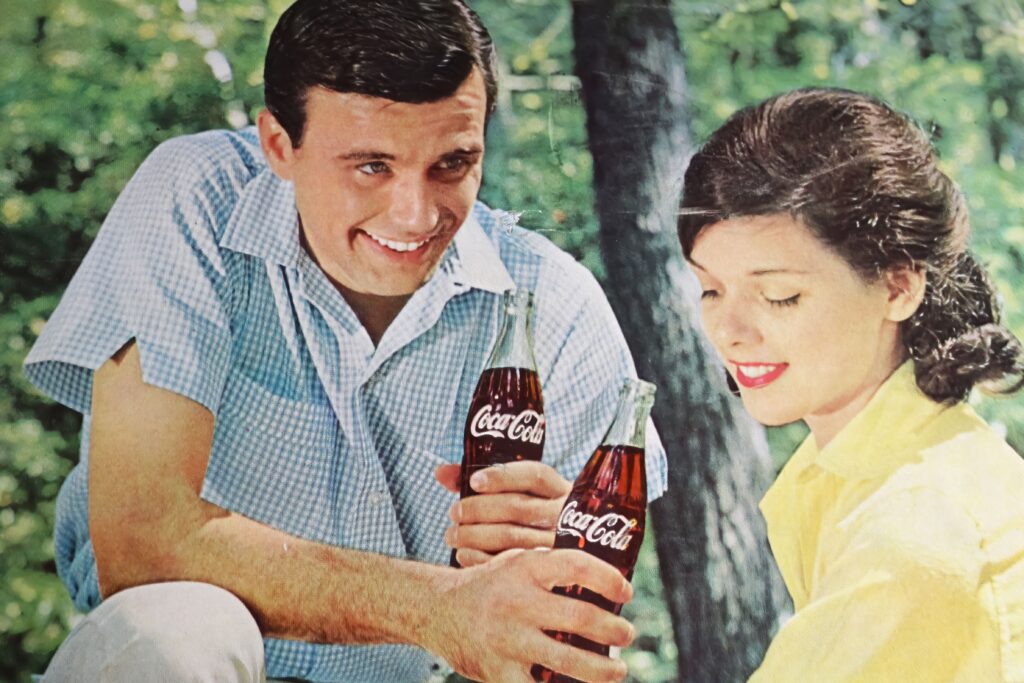
Back in the ’70s, Coca-Cola’s ad campaign with the slogan “The Real Thing” was designed to emphasize the drink’s authenticity. The implication was that Coca-Cola was the real, original soda, an idea that millions of people across the globe embraced. The campaign painted the picture of Coca-Cola being a timeless, genuine beverage. However, it conveniently ignored the fact that the brand was far from the original soda—it was, in fact, a knock-off of a much older drink, created in the late 19th century. The “real” part was more of a marketing strategy than truth, aiming to elevate Coca-Cola to a level of authenticity it simply didn’t possess. It’s easy to see how this ad campaign misled millions of consumers into believing they were drinking something uniquely historic when, in fact, they were enjoying a heavily mass-produced product. The idea of Coca-Cola being “real” was more about crafting a perception of legacy and tradition, without backing it up with any concrete history. See more vintage Coca-Cola ads on The Pantagraph.
What makes this ad even more misleading is the way it glossed over the competition. During the height of this campaign, Pepsi was also gaining ground, offering its own version of the real thing. This Pepsi challenge, where people would blindly taste test the two sodas, often revealed that more people preferred the taste of Pepsi. Yet, Coca-Cola’s “Real Thing” campaign created a narrative that their product was the authentic choice. People bought into the myth that Coca-Cola was the original and only genuine option, disregarding other sodas as inferior knock-offs. It was a classic case of clever marketing that led consumers to think they were getting the best and most authentic product on the market. In hindsight, Coca-Cola wasn’t the “real thing,” it was just an extremely successful brand leveraging nostalgia and advertising tactics to claim authenticity in a world full of options says Forbes.
2. Lucky Strike: “It’s Toasted”
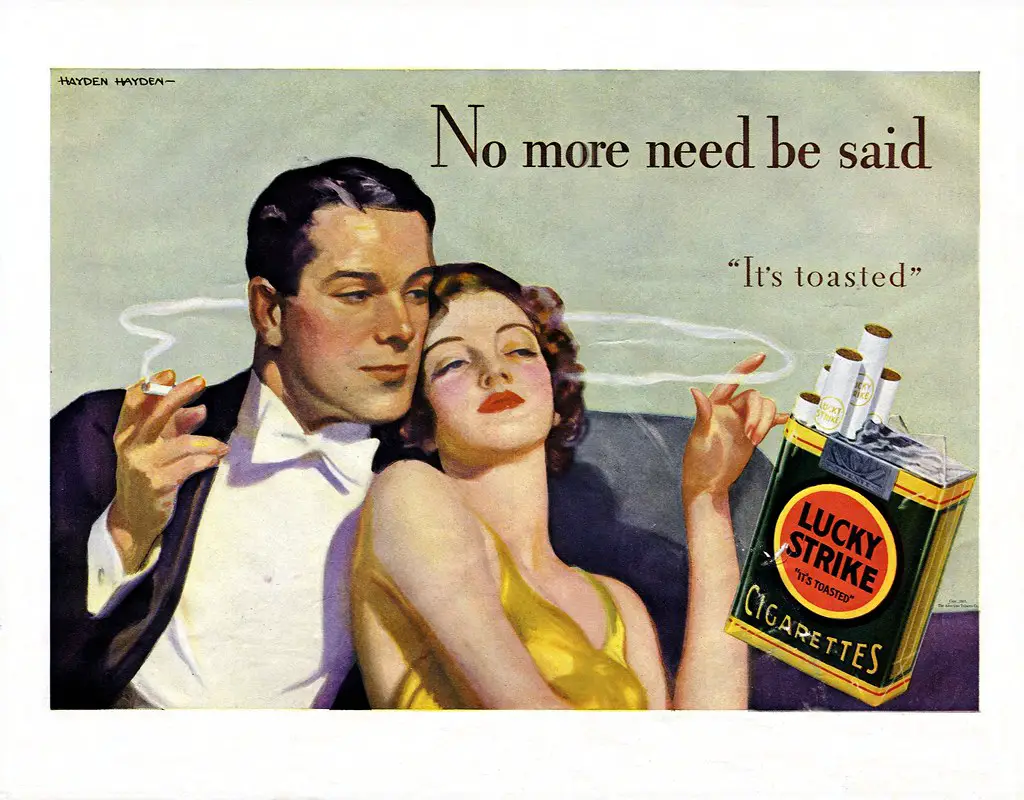
Lucky Strike’s famous slogan, “It’s Toasted,” used in the early 1900s, created the impression that their cigarettes were somehow healthier or more refined than others on the market. The ad claimed that the tobacco in their cigarettes was toasted, which, at the time, sounded like a highly advanced method of production that set them apart from the competition. The truth? “Toasted” was just a catchy marketing term with little meaning. The tobacco used in Lucky Strikes wasn’t necessarily better or more carefully produced than in any other brand. The term “toasted” was merely a way to make the product sound special, almost as if the process was a secret to its superior taste. In reality, the tobacco was likely just dried in a typical way for mass-produced cigarettes, but the term helped shift public perception of the brand as offering something more refined or high-quality.
The misleading nature of the “It’s Toasted” slogan also went beyond just the production process. It tapped into a larger narrative that Lucky Strike was the brand for those who wanted something unique. The ad made consumers believe that they were making a sophisticated choice by choosing Lucky Strike, associating it with luxury and refinement. This appeal worked particularly well during a time when smoking was at its peak, and many people sought brands that promised more than just the act of smoking—they wanted an identity. Unfortunately, the “toasted” process didn’t have any special health benefits, and the cigarette’s risks were the same as those of any other brand. But through clever advertising, Lucky Strike sold the idea of an elevated smoking experience, making the average smoker feel as though they were indulging in a refined habit.
3. Chanel No. 5: The Promise of Glamour
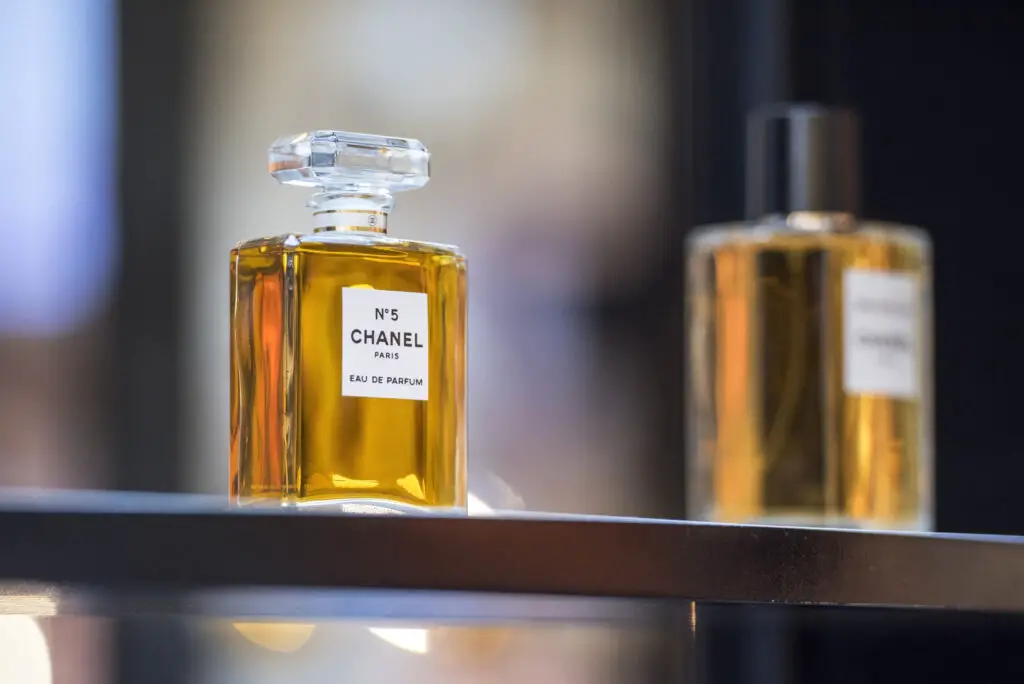
Chanel No. 5’s ads have long capitalized on the idea that using their perfume was akin to stepping into a world of untouchable glamour. The ads often featured stunning models and actresses, paired with the tagline “the world’s most famous fragrance.” This helped create the illusion that Chanel No. 5 was not just a perfume but a ticket to an exclusive, luxurious lifestyle. The ad’s approach implied that if you wore this fragrance, you could capture the elegance and mystique of the women in the ads. But in reality, Chanel No. 5’s appeal had less to do with the fragrance itself and more to do with the high-end branding and celebrity endorsement it received. The formula for the perfume wasn’t the groundbreaking, rare concoction the ads made it out to be. It was a blend of floral and aldehydic notes that, while classic, was accessible to anyone who could afford the high price tag explains Cracked.
While Chanel No. 5 did create a sense of sophistication, the perfume itself was not necessarily more effective or transformative than other fragrances. The campaign sold an image of exclusive luxury, leveraging the idea that only certain women could achieve such grace and elegance. This idea of being “chosen” or “special” because of a perfume bottle is what the ad played into. But the fragrance itself wasn’t imbued with the mystique that the ads promised—it was simply another high-end product marketed to perfection. Yet, by surrounding it with the aura of exclusivity, Chanel No. 5 became one of the most recognizable scents in history, even if its actual composition didn’t live up to the lofty claims made in its ads.
4. Pepsi: The “Pepsi Challenge”
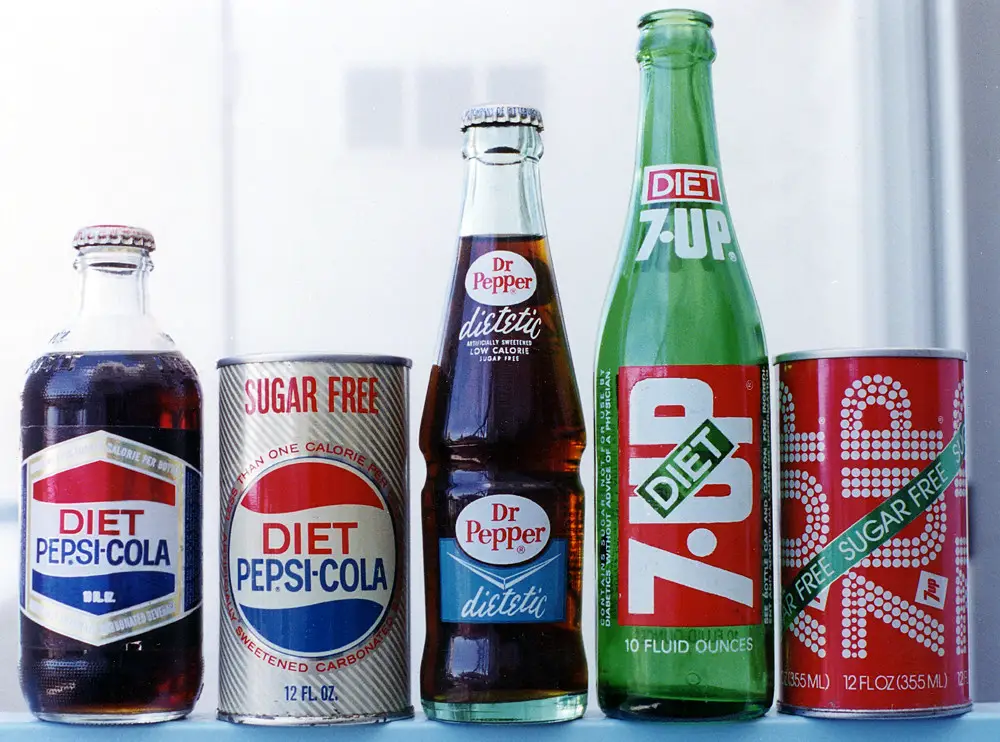
The “Pepsi Challenge” was a wildly popular campaign where consumers were asked to do a blind taste test between Pepsi and Coca-Cola to see which one they preferred. The campaign’s message was clear: Pepsi was the superior choice, and those who drank it were making the right decision. However, the challenge was far more controlled than the ads let on. For starters, Pepsi was often served in smaller, more chilled cups, while Coca-Cola was poured in larger, less ideal conditions. The results of the taste test were heavily influenced by these factors, which skewed the perception of Pepsi as the better-tasting option. Even though many participants preferred the taste of Pepsi in these conditions, it didn’t necessarily translate to a preference for Pepsi in the real world explains MSN.
The campaign suggested that taste was the only important factor when it came to choosing a soda, completely overlooking the emotional and cultural connection that people had with Coca-Cola. Coca-Cola had built decades of brand loyalty by the time the Pepsi Challenge came out, and many consumers weren’t likely to switch just because of a blind taste test. Additionally, the ads cleverly presented the challenge as if it were a scientific, unbiased experiment, while in reality, it was a highly orchestrated marketing tool. The “Pepsi Challenge” ultimately created an illusion of Pepsi being the “better” soda, even though it was more about clever advertising than actual product superiority adds Business Insider.
5. Marlboro: The “Marlboro Man”
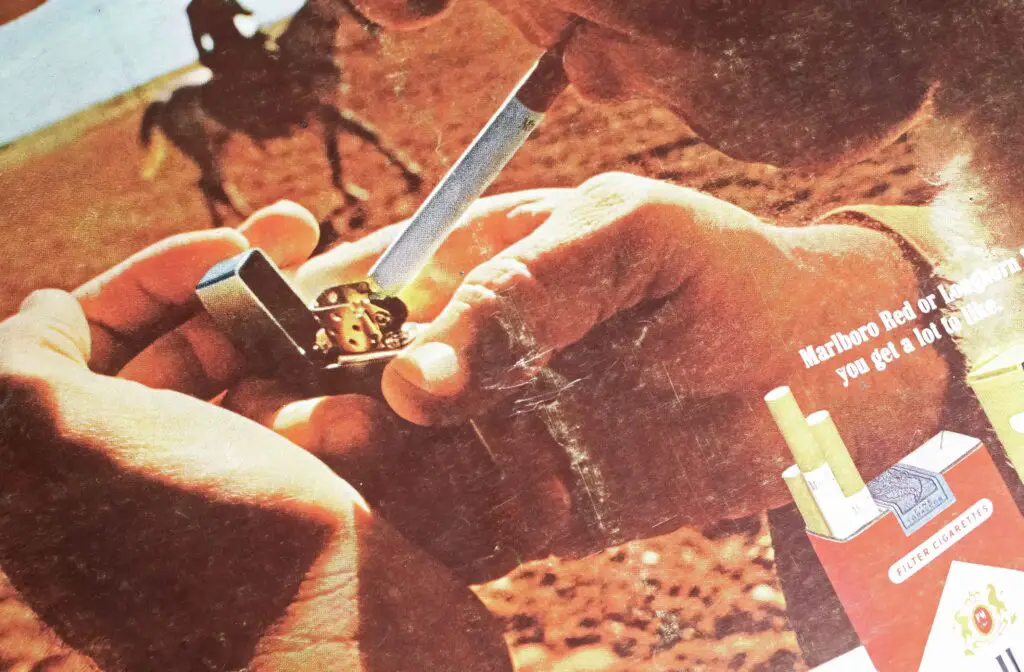
The Marlboro Man, the rugged cowboy seen in countless ads, became an iconic figure in the 20th century, representing masculinity, freedom, and strength. Marlboro’s campaign was designed to attract men, particularly those who saw themselves as independent and adventurous. What the ad didn’t tell you was that this image was far from the reality of smoking. The Marlboro Man embodied an idealized, tough persona, but the consequences of smoking—like lung cancer and respiratory diseases—were completely ignored. The campaign was extremely misleading because it linked the act of smoking to strength, independence, and outdoor adventure, even though smoking was a significant health risk. The Marlboro Man’s image as the symbol of ruggedness was a far cry from the truth, as it obscured the dangers of cigarettes, which were scientifically proven to harm health.
The ad perpetuated a dangerous association between smoking and the idealized image of the American cowboy. The reality of smoking, however, was far more detrimental to health than these ads let on. Yet, because of the Marlboro Man, people began to believe that smoking could elevate their lifestyle and make them appear more charismatic. This iconic character became so embedded in the culture that the impact of the ad continued to influence people long after the campaign ended. It wasn’t until years later, when the health consequences of smoking became undeniable, that the damage caused by such misleading advertising was fully recognized. The Marlboro Man was a powerful symbol, but it was ultimately a deceptive one, used to sell a dangerous product under the guise of strength and independence.
6. Listerine: “Kills Germs That Cause Bad Breath”
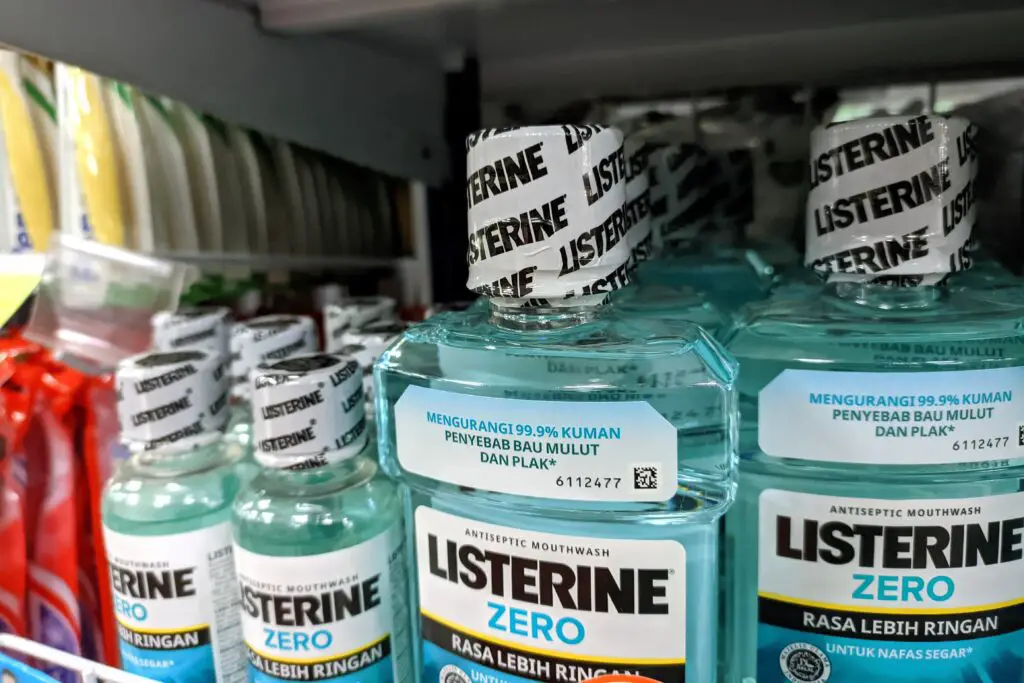
In the 1920s, Listerine’s slogan, “Kills Germs That Cause Bad Breath,” promised consumers a quick and easy fix for one of society’s greatest social fears: bad breath. But what Listerine didn’t make clear was that bad breath is often caused by deeper issues like digestive problems, not just germs on the surface of the mouth. The ad made people think that their breath could be freshened by simply using mouthwash, without addressing the root cause of bad breath. Listerine’s formula was marketed as a miracle cure, but in truth, it often left a burning sensation in people’s mouths because of the high alcohol content. The campaign gave the misleading impression that bad breath could be easily fixed with a quick rinse, without acknowledging that true oral health went far beyond just masking odors.
The success of this ad relied heavily on the public’s fear of bad breath and their desire to avoid the social stigma it carried. Listerine played into this fear, positioning itself as the ultimate solution. However, the product didn’t solve the underlying causes of bad breath, nor did it prevent future oral health issues. Instead, it offered a temporary, superficial solution. People bought into the idea that they could simply rinse away their oral problems, without knowing that the product was more about advertising than actual effectiveness. As the years went on, people began to realize that better oral hygiene and regular visits to the dentist were far more important than using mouthwash. Yet, Listerine’s clever advertising left a lasting impact on how we think about oral care, even if it wasn’t the miraculous product it was once made out to be.
7. Volkswagen: “Think Small”

Volkswagen’s “Think Small” campaign from the ’60s is one of the most famous ad campaigns in history, but its success was based on a clever twist on perception. At the time, American car ads were all about showcasing power, size, and luxury, but Volkswagen went in the opposite direction, celebrating the compactness of their car. The campaign played into the idea that small was beautiful, efficient, and humble, positioning the Volkswagen Beetle as an underdog choice in a world of oversized vehicles. But while the Beetle did offer a different experience, the “Think Small” campaign oversimplified its appeal. The car was marketed as a symbol of practicality and a reaction to the excess of American cars, but it overlooked the fact that, while small, the Beetle wasn’t always practical for families or those in need of more space.
The “Think Small” approach created a romanticized image of simplicity and individuality, but in reality, the car was far from perfect. While it was inexpensive and fuel-efficient, the Volkswagen Beetle was also notorious for its lack of power and limited features. Yet, the ad gave consumers the impression that owning a small car was a superior, more enlightened choice. It cleverly leveraged the notion that people who “thought small” were more sophisticated or forward-thinking, appealing to those who wanted to stand out from the mainstream. However, this message ignored the practical realities of owning a car that was, at times, less convenient than its larger counterparts. Ultimately, the “Think Small” campaign was more about clever marketing than providing an entirely truthful portrayal of the vehicle.
8. Ivory Soap: “99 and 44/100% Pure”

Ivory Soap’s famous slogan, “99 and 44/100% Pure,” played up the idea that their soap was the purest and most natural option on the market. The ad tried to create the illusion that Ivory Soap was free from chemicals and additives, making it the ultimate choice for those looking to keep their skin safe and clean. However, the idea of purity was misleading. Ivory Soap wasn’t entirely pure—like most soaps, it contained detergents and other ingredients that were necessary to create the proper lather and cleaning power. The slogan created a sense of perfection that simply didn’t match the reality of what the product was. Consumers were led to believe they were buying something almost completely natural when, in fact, it was still a manufactured product with a blend of ingredients meant to appeal to hygiene-conscious buyers.
Moreover, the campaign ignored the fact that “purity” could be subjective when it came to soap. The idea of purity presented by Ivory Soap was a marketing gimmick designed to make people feel they were getting a cleaner, healthier product compared to other soaps on the market. The exaggerated claim of “99 and 44/100% pure” didn’t account for the fact that purity in soap could mean different things depending on how it was processed or what chemicals it contained. Consumers weren’t given the full picture of the soap’s ingredients, only a clever slogan that made them feel they were choosing the safest, most trustworthy option. This misleading message helped Ivory Soap dominate the market for decades, though it wasn’t necessarily any purer than the competition.
9. Clairol: “Does She or Doesn’t She?”
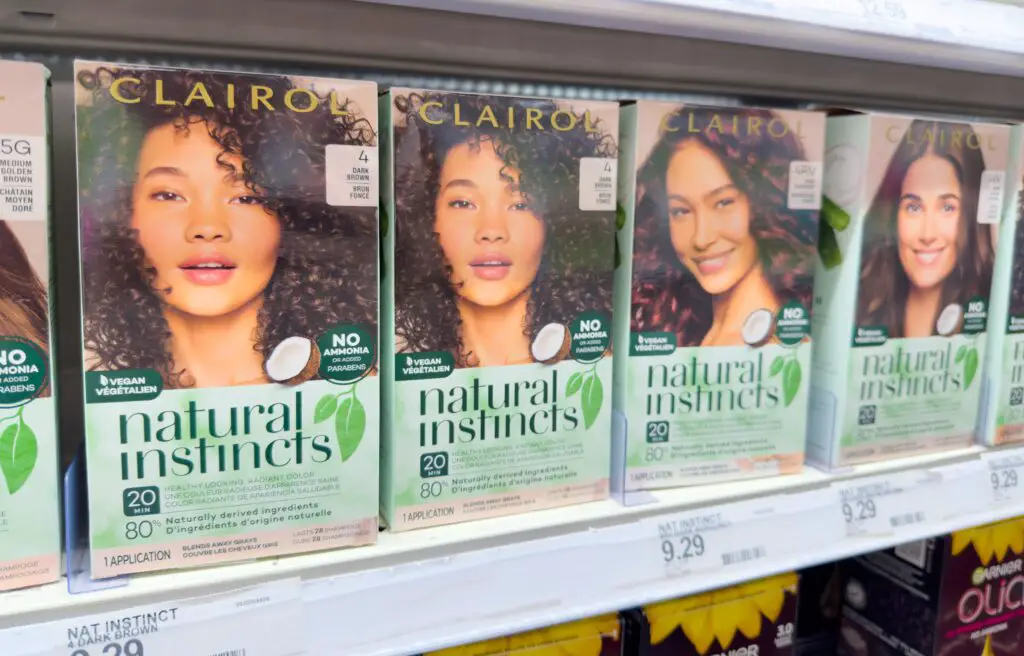
Clairol’s 1950s ad campaign with the slogan “Does She or Doesn’t She?” implied that a woman’s hair color could be so natural-looking that no one would ever guess it was dyed. The ad suggested that Clairol’s products were so subtle and high-quality that the color would appear effortless and true to life. However, this message played into the idea that women should hide the fact that they were using hair dye altogether. It suggested that achieving a perfect, youthful look meant concealing the evidence of beauty treatments, subtly reinforcing insecurities around aging. The underlying message was that women should feel ashamed of their natural gray hair and go to great lengths to hide it, while also trying to make their hair look as natural as possible—an unrealistic expectation that perpetuated a cycle of self-consciousness.
Additionally, Clairol’s ad campaign was a major factor in the growing popularity of hair dyeing during the mid-20th century. By presenting hair dye as a secret tool for beauty and youth, it set up a culture where women felt pressured to look young and vibrant at all costs. The campaign also fed into the idea that beauty was something you could achieve by disguising your age, rather than embracing it. While the product itself might have been effective at coloring hair, the ad’s message was anything but empowering. It wasn’t just about the hair color—it was about maintaining an idealized version of youth that many women felt obligated to pursue. The ad was both misleading and damaging, reinforcing a beauty standard that required constant upkeep and concealment.
10. Ford: “Have You Driven a Ford Lately?”

Ford’s iconic ad campaign, “Have You Driven a Ford Lately?” was designed to make consumers feel like they were missing out if they hadn’t yet experienced the latest Ford model. The ad created the impression that driving a Ford was an essential part of modern life, an experience that every American needed to have in order to truly understand the power and quality of the brand. However, this message didn’t take into account the reality that not all Ford cars were equal in quality. While the campaign promoted Ford as a leading, cutting-edge brand, many of the models at the time were known for being less reliable than their competitors. The ad played heavily on consumer desire to be part of a trend, without acknowledging the flaws in Ford’s production line that many customers were unknowingly signing up for.
The campaign also downplayed the fact that other car manufacturers were producing equally impressive or even superior vehicles. The ad’s appeal was based on the assumption that Ford was the top choice, which was not necessarily true for all buyers. Consumers were encouraged to overlook issues like reliability and performance, focusing instead on the idea of driving something that was seen as the “right” choice for the time. Ford’s clever marketing tapped into American pride and nostalgia, making the brand seem like a staple of the modern car-driving experience. Yet, the ad glossed over the problems that plagued some of their models, creating a sense of urgency to purchase without full transparency. It wasn’t until later that consumers realized the extent of Ford’s shortcomings during that era.
11. Polaroid: “Instant Memories”

Polaroid’s famous “Instant Memories” campaign gave the impression that instant photography was the future, offering consumers the ability to capture and hold onto precious moments immediately. The ads promised that with Polaroid, you could instantly see the memories you were making, creating an idealized version of what it was like to have instant photos. However, the reality of Polaroid cameras was far from flawless. The film used in these cameras was often expensive and prone to fading over time, leading to the degradation of those “instant memories.” While the technology was innovative, it didn’t always deliver the longevity or quality that Polaroid led consumers to expect. The ad made it seem like instant photography was the ultimate way to preserve memories, but the truth was that the technology had its limitations.
Beyond the technical limitations, the idea of “instant memories” also overlooked the fact that capturing a moment in a photo wasn’t always the best way to preserve it. Photos taken on a whim or without careful consideration didn’t always hold the same emotional value as memories that were carefully reflected on and thought through. The campaign was effective in creating the illusion that the technology would enhance the emotional experience of life’s precious moments, but in the end, Polaroid’s photographs often faded and became less tangible than the memories themselves. While the “instant” aspect was certainly revolutionary, it wasn’t always as reliable or permanent as the ads led people to believe. The misleading part wasn’t just the product’s performance—it was how it framed the emotional impact of instant photography, promising something more meaningful than it could realistically deliver.
12. Camel: “More Doctors Smoke Camel”
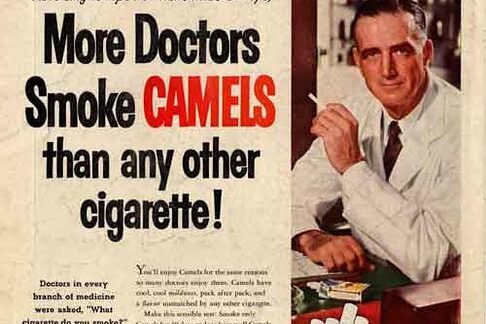
One of the most infamous misleading ads of the mid-20th century was Camel’s campaign claiming that more doctors smoked Camel cigarettes than any other brand. This ad was powerful because it used professional authority to build trust in the brand, implying that doctors, the trusted experts in health, endorsed Camel as the healthiest cigarette. The ad heavily relied on the idea that if doctors were smoking this brand, then it must be safe. The truth, however, was that smoking cigarettes posed significant health risks, and the idea that any cigarette could be healthy was fundamentally flawed. The ad played into the public’s trust in medical professionals, misleading them into believing that if the product was good enough for doctors, it was good enough for them.
What made this ad even more dangerous was the fact that, at the time, the medical community was still divided on the dangers of smoking. Some doctors may have indeed been unaware of the full extent of tobacco’s harm, but the majority of medical professionals had already begun to question the safety of cigarettes. Yet, Camel capitalized on this uncertainty, manipulating the trust people had in healthcare professionals to push their product. The ad played on the public’s vulnerability, using the authority of doctors to give their cigarettes a sense of credibility that they did not deserve. This misrepresentation created a false sense of safety, encouraging people to smoke without understanding the real health risks involved.
13. Camel: “I’d Walk a Mile for a Camel”
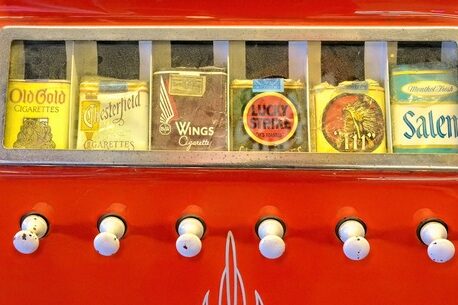
Another infamous ad campaign from Camel featured the slogan, “I’d Walk a Mile for a Camel,” implying that smoking a Camel cigarette was so desirable that it was worth going to great lengths for. The catchy slogan played on the idea that smoking a Camel was the ultimate treat, a pleasurable indulgence that was worth the effort. The message here was not just about the cigarette’s flavor, but about the sense of satisfaction and enjoyment associated with smoking. However, the campaign was misleading because it downplayed the harmful health effects of smoking. The ad created a romanticized image of smoking, making it seem like a rewarding activity, despite the overwhelming evidence linking cigarettes to cancer, lung disease, and heart issues. The campaign’s suggestion that walking a mile for a cigarette was a desirable act was incredibly dangerous, especially in a time when the health risks of smoking were becoming more evident.
In reality, the ad ignored the serious physical consequences that smoking had on a person’s body. Instead of warning consumers about the risks, it made smoking seem like a fun, carefree act that was worth any sacrifice, even something as challenging as walking a mile. The appeal of the ad was rooted in creating an emotional connection to the product, making people feel like their enjoyment of smoking was worth more than the negative consequences. It wasn’t until later that public awareness about smoking’s dangers grew, and the harm done by such misleading campaigns became apparent. This ad, with its cheerful tone and carefree message, misled countless people into believing that smoking was a harmless pursuit, when in fact it was far from it.
14. Absolut Vodka: “Absolut Perfection”
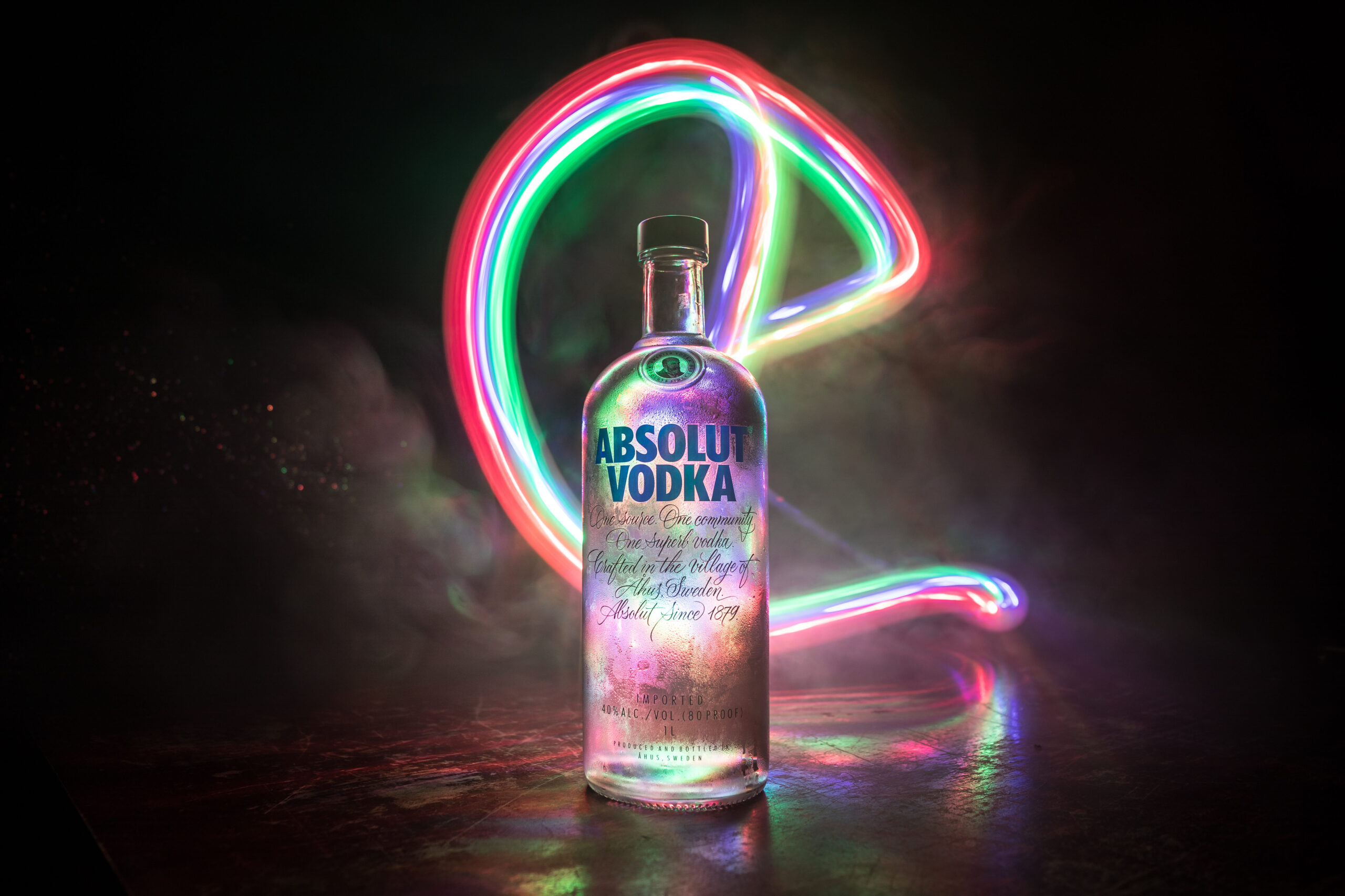
Absolut Vodka’s long-running ad campaign, “Absolut Perfection,” promoted the brand as the pinnacle of vodka craftsmanship, suggesting that it was the perfect choice for those who appreciated high-quality spirits. The ad positioned Absolut as a luxury product, ideal for connoisseurs and those looking to elevate their drinking experience. However, this message was somewhat misleading. While Absolut is a well-regarded brand, the “perfection” claim ignored the fact that taste preferences are subjective, and other vodkas might be considered superior by different individuals. The campaign also omitted the fact that the production process of vodka, which typically involves a range of distillation methods, can vary significantly from brand to brand. Absolut, like many other vodka brands, underwent a process that resulted in a product that was essentially distilled and purified alcohol, with little unique craftsmanship or magical quality that made it “perfect” compared to its competitors.
The ad also failed to mention the impact of vodka on health. While some drinkers might enjoy the smoothness of Absolut, the brand’s push for “perfection” overlooked the fact that drinking alcohol in excess is harmful. The campaign’s focus on luxury and sophistication led many to believe they were making an elite choice by choosing Absolut, which only reinforced the myth that expensive alcohol is always of superior quality. The truth was that most vodkas, including Absolut, were similar in many respects, but the ad made consumers feel as though they were choosing the very best. “Absolut Perfection” was more about creating a perception than delivering any actual difference in the quality of the product.
